
Report from the 11th Venice Architecture Biennale
The 11th Biennale of Architecture is currently underway in Venice. This year, the main curator is Dutch architect, critic, or educator Aaron Betsky, who previously led the Nai (Netherlands Architecture Institute) in Rotterdam and has been the director of the Cincinnati Art Museum since August 2006. According to him, architecture is more than just a building; it is not enough for architecture to simply be a structure, it must look beyond the building itself. The theme Out There: Architecture Beyond Buildings promised a wide range of perspectives. Or at least broader than it ultimately offered.
The Biennale takes place mainly in two beautiful areas on the outskirts of Venice and is traditionally accompanied by numerous events and exhibitions throughout the city. Not only in my opinion, the Giardini national pavilions offered slightly more this year than the star-studded Arsenale.
The largest of all the pavilions in the Giardini is the Italian pavilion, filled with experimental architecture. One of the four catalogs is dedicated to the exhibitions in this pavilion and thus to experimental architecture. By the way, it's an excellent move to sell four catalogs instead of just one. But I will return to this. At the beginning, we are welcomed by a bamboo installation by the famous duo Herzog de Meuron, in collaboration with Chinese artist Ai Weiwei, who also assisted with the design of the Olympic Stadium in Beijing. Rem Koolhaas makes a mark this year with the document Koolhaas Houselife. This film captures the everyday life of one of his most famous creations. The villa in Bordeaux faces sharp criticism from the cleaning lady, revealing secrets of leaks, mold, and other problems that tragically react to this year's theme. Another Koolhaas brilliant move.
Right next door, his ex-wife Madelon Vriesendorp exhibits, who gained fame in the world of architecture primarily for her illustrations accompanying the manifesto Delirious New York. Her paintings and objects from 1967-2008 were collected by London's Architectural Association. The room dedicated to the early paintings and models of Zaha Hadid and the exhibition of working models by F. O. Gehry certainly deserves mention. When we add installations from NLarchitects, JDS, R&Sie, and many others, we have a reason to visit Venice, and we haven’t even stepped out of the Italian pavilion yet. There is also a modestly installed project titled From Suburbia to Superurbia from the Elemental studio (www.elementalchile.cl), which rightly won one of the four golden lions this year.
The Swiss pavilion, focused on research and development, certainly deserves great attention. Oscillating walls made of solid fired bricks were built with millimeter precision by a robot from ETH Zurich. This toy is also intended to assist with the newest extension of the London Tate Gallery by H&deM.
Architectural education is the theme of the Dutch pavilion, while a recent fire at TU Delft undoubtedly prompted its reassessment. Denmark addresses issues of climate change and the Kyoto Protocol. Ironically, right across Russia demonstrates strength through commercial projects. Belgium amuses with confetti. Poland intrigued with excellent collages of its latest major projects but in other, new contexts, and the installation Hotel Polonia won a golden lion in the national exhibitions category. A great artistic experience is offered by Japan, which focused on gardens. Beyond Architecture is the literal translation. The pencil-drawn white walls in an ephemeral white space are truly striking. Of course, model, section, or floor plan lovers will find their joys primarily in the pavilions of Spain or France, which showcase the contemporary domestic architectural scene.
After a long time, the Czechoslovak pavilion also seemed quite contemporary. The authors of the installation called Sideways this year, based on their victory in the competition, became the Prešov-based zerozero, this time in an expanded form as zerozero utd. along with graphic designer Marcel Benčík. Fifteen refrigerators and simultaneously fifteen final typologies were created based on a questionnaire sent via email. The smiling faces of visitors testify that everyone found their refrigerator. The food is real, it spoils, it lives its own life. It’s a pity that the collected data were not further processed and evaluated. It should be mentioned that this is one of the two installations at the Biennale where another sense was involved besides sight and sound, and that was smell. This was unintentionally achieved by the author Nigel Coates, who created a space called Hypnoerotosphere where visitors had to take off their shoes.
However, we have already transitioned from the Giardini to the Arsenale. Prototypes of the future, manifestos, animations, authors’ objects, videos, or concrete projects, of course always emphasizing experimentation, respond to Betsky's challenge. Right at the beginning, many screens with cult shots from cult films like The Matrix, 2001: A Space Odyssey, or Star Wars with an interactive projection reacting to movement say a lot about the direction of exhibitions in the Arsenale. Asymptote exhibits Prototyping the Future, 3 houses for the subconscious. Something between a house and furniture is also offered by Zaha Hadid, calling it Lotus. Diller & Scofidio+Renfro stay true to multimedia, projecting images of real Venice mixed with shots of pseudo-Venices in Las Vegas, Macau, or Tokyo, in an interesting way debating the values of tourism. The well-known design group Droog, in collaboration with the Kesselskramer agency, created Singletown. An exhibition of everything you need for life if you are single. MVRDV project a vision of a city inspired by the movie The Fifth Element. Skycarcity is another experiment by this studio on density, as is the computer game Spacefighter, an evolutionary urban game developed by MVRDV and MIT. Greg Lynn tackled the theme of recycling in an unconventional way. He scans old plastic toys on a computer, which he connects. Their mutual intersections define the slicing curves that a 3D cutter subsequently cuts. The result is a glued cluster of toys in a new form, functioning already as a table base. This humorous experiment was awarded a golden lion for innovative material use.
The golden lion for lifetime achievement was awarded to Frank O. Gehry and James S. Ackerman.
Besides the aforementioned exhibitions, many others can be seen from authors such as UN studio, BIG, Massimiliano Fuksas, IaN+, Studio Thonik, Coop Himmelb(l)au, and others who certainly guarantee a high-value experience. The question remains how much was extracted from the immensely interesting theme. I often felt that the previous Biennale with the theme Cities. Architecture and Society was much more beyond architecture than this one. Judge for yourselves, the gates of the Biennale are open until November 23, 2008, and a visit to Venice is definitely worth it.
The Biennale takes place mainly in two beautiful areas on the outskirts of Venice and is traditionally accompanied by numerous events and exhibitions throughout the city. Not only in my opinion, the Giardini national pavilions offered slightly more this year than the star-studded Arsenale.
The largest of all the pavilions in the Giardini is the Italian pavilion, filled with experimental architecture. One of the four catalogs is dedicated to the exhibitions in this pavilion and thus to experimental architecture. By the way, it's an excellent move to sell four catalogs instead of just one. But I will return to this. At the beginning, we are welcomed by a bamboo installation by the famous duo Herzog de Meuron, in collaboration with Chinese artist Ai Weiwei, who also assisted with the design of the Olympic Stadium in Beijing. Rem Koolhaas makes a mark this year with the document Koolhaas Houselife. This film captures the everyday life of one of his most famous creations. The villa in Bordeaux faces sharp criticism from the cleaning lady, revealing secrets of leaks, mold, and other problems that tragically react to this year's theme. Another Koolhaas brilliant move.
Right next door, his ex-wife Madelon Vriesendorp exhibits, who gained fame in the world of architecture primarily for her illustrations accompanying the manifesto Delirious New York. Her paintings and objects from 1967-2008 were collected by London's Architectural Association. The room dedicated to the early paintings and models of Zaha Hadid and the exhibition of working models by F. O. Gehry certainly deserves mention. When we add installations from NLarchitects, JDS, R&Sie, and many others, we have a reason to visit Venice, and we haven’t even stepped out of the Italian pavilion yet. There is also a modestly installed project titled From Suburbia to Superurbia from the Elemental studio (www.elementalchile.cl), which rightly won one of the four golden lions this year.
The Swiss pavilion, focused on research and development, certainly deserves great attention. Oscillating walls made of solid fired bricks were built with millimeter precision by a robot from ETH Zurich. This toy is also intended to assist with the newest extension of the London Tate Gallery by H&deM.
Architectural education is the theme of the Dutch pavilion, while a recent fire at TU Delft undoubtedly prompted its reassessment. Denmark addresses issues of climate change and the Kyoto Protocol. Ironically, right across Russia demonstrates strength through commercial projects. Belgium amuses with confetti. Poland intrigued with excellent collages of its latest major projects but in other, new contexts, and the installation Hotel Polonia won a golden lion in the national exhibitions category. A great artistic experience is offered by Japan, which focused on gardens. Beyond Architecture is the literal translation. The pencil-drawn white walls in an ephemeral white space are truly striking. Of course, model, section, or floor plan lovers will find their joys primarily in the pavilions of Spain or France, which showcase the contemporary domestic architectural scene.
After a long time, the Czechoslovak pavilion also seemed quite contemporary. The authors of the installation called Sideways this year, based on their victory in the competition, became the Prešov-based zerozero, this time in an expanded form as zerozero utd. along with graphic designer Marcel Benčík. Fifteen refrigerators and simultaneously fifteen final typologies were created based on a questionnaire sent via email. The smiling faces of visitors testify that everyone found their refrigerator. The food is real, it spoils, it lives its own life. It’s a pity that the collected data were not further processed and evaluated. It should be mentioned that this is one of the two installations at the Biennale where another sense was involved besides sight and sound, and that was smell. This was unintentionally achieved by the author Nigel Coates, who created a space called Hypnoerotosphere where visitors had to take off their shoes.
However, we have already transitioned from the Giardini to the Arsenale. Prototypes of the future, manifestos, animations, authors’ objects, videos, or concrete projects, of course always emphasizing experimentation, respond to Betsky's challenge. Right at the beginning, many screens with cult shots from cult films like The Matrix, 2001: A Space Odyssey, or Star Wars with an interactive projection reacting to movement say a lot about the direction of exhibitions in the Arsenale. Asymptote exhibits Prototyping the Future, 3 houses for the subconscious. Something between a house and furniture is also offered by Zaha Hadid, calling it Lotus. Diller & Scofidio+Renfro stay true to multimedia, projecting images of real Venice mixed with shots of pseudo-Venices in Las Vegas, Macau, or Tokyo, in an interesting way debating the values of tourism. The well-known design group Droog, in collaboration with the Kesselskramer agency, created Singletown. An exhibition of everything you need for life if you are single. MVRDV project a vision of a city inspired by the movie The Fifth Element. Skycarcity is another experiment by this studio on density, as is the computer game Spacefighter, an evolutionary urban game developed by MVRDV and MIT. Greg Lynn tackled the theme of recycling in an unconventional way. He scans old plastic toys on a computer, which he connects. Their mutual intersections define the slicing curves that a 3D cutter subsequently cuts. The result is a glued cluster of toys in a new form, functioning already as a table base. This humorous experiment was awarded a golden lion for innovative material use.
The golden lion for lifetime achievement was awarded to Frank O. Gehry and James S. Ackerman.
Besides the aforementioned exhibitions, many others can be seen from authors such as UN studio, BIG, Massimiliano Fuksas, IaN+, Studio Thonik, Coop Himmelb(l)au, and others who certainly guarantee a high-value experience. The question remains how much was extracted from the immensely interesting theme. I often felt that the previous Biennale with the theme Cities. Architecture and Society was much more beyond architecture than this one. Judge for yourselves, the gates of the Biennale are open until November 23, 2008, and a visit to Venice is definitely worth it.
The English translation is powered by AI tool. Switch to Czech to view the original text source.
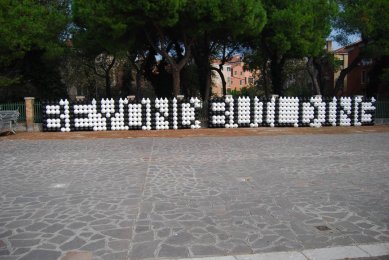
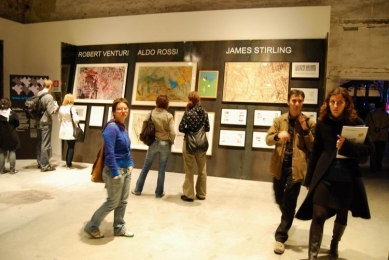
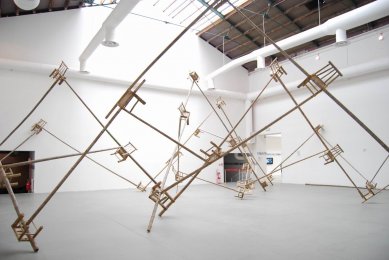
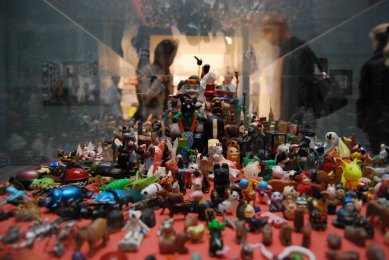
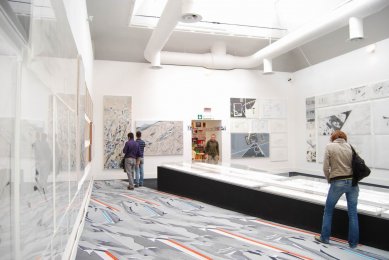
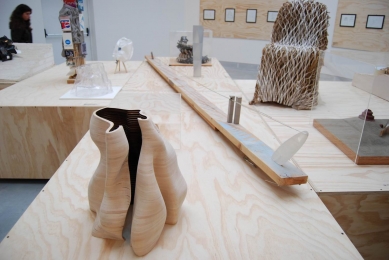
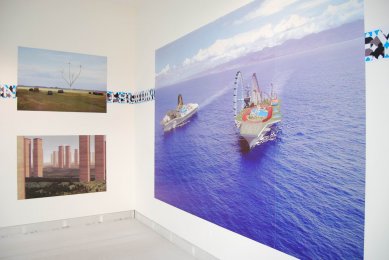
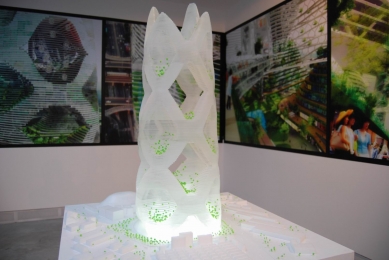
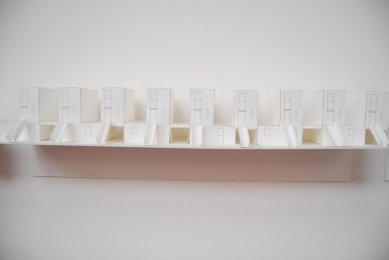
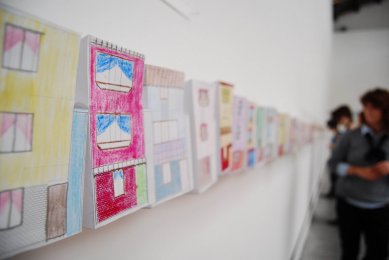
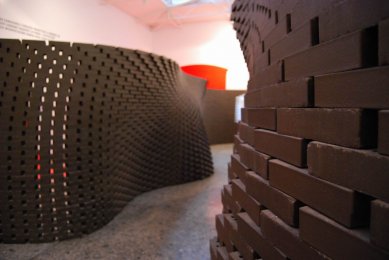
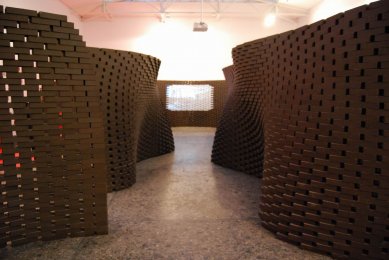
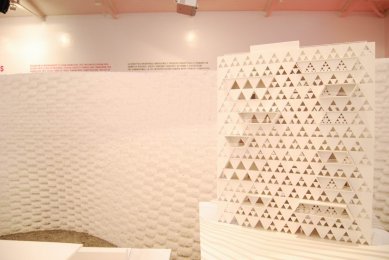
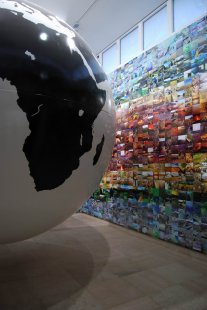
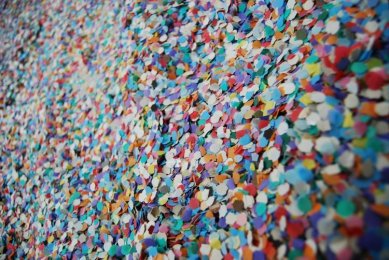
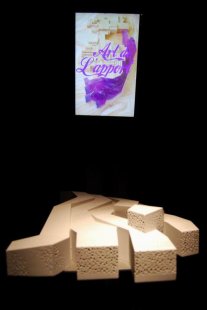
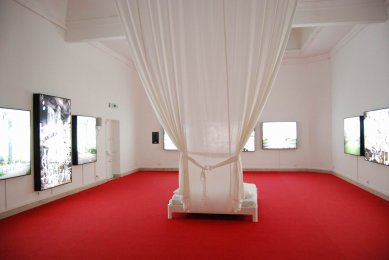
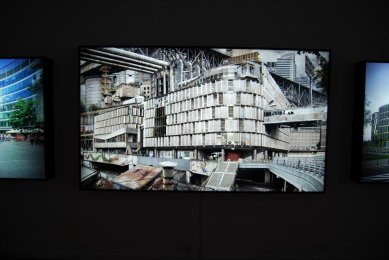
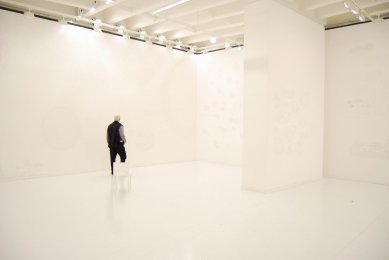
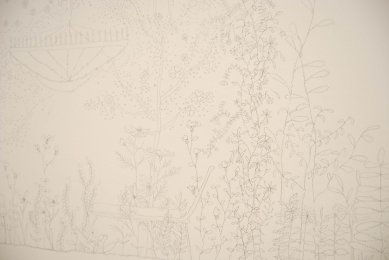
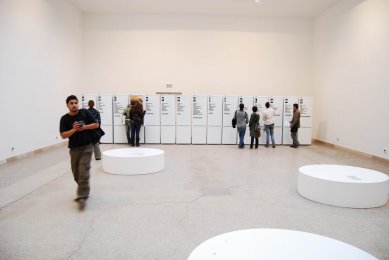
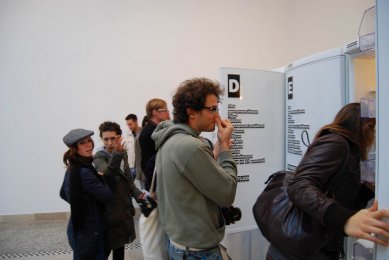
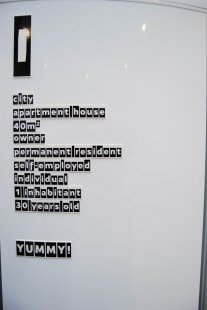
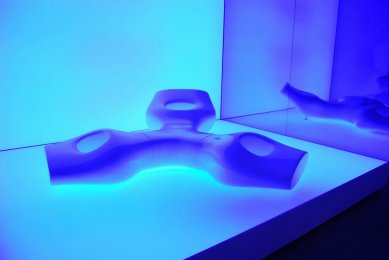
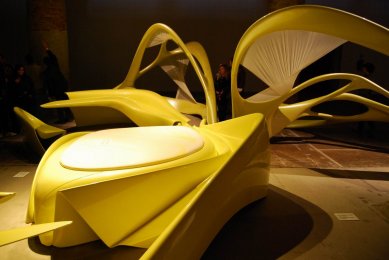
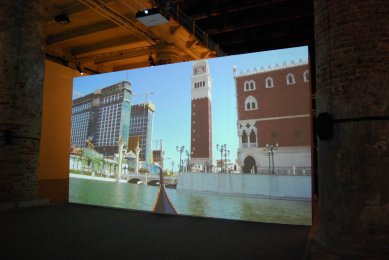
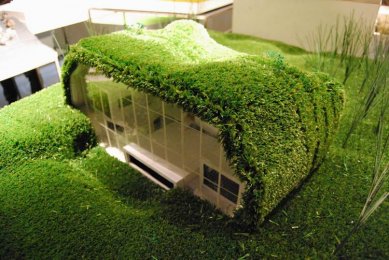
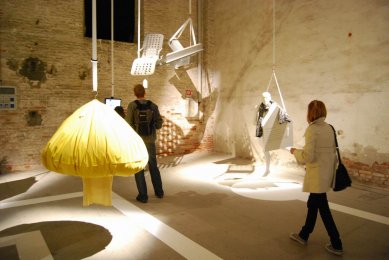
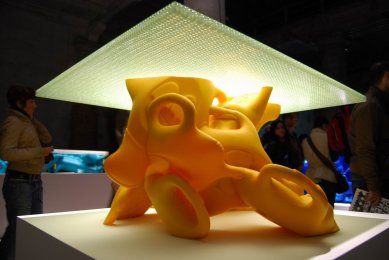
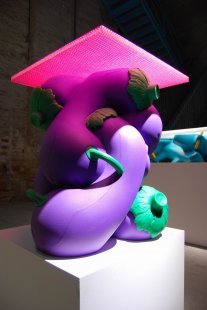
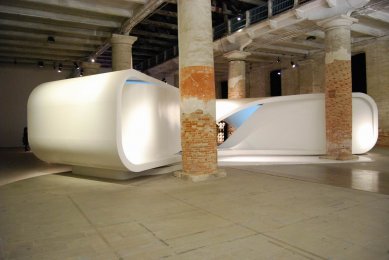
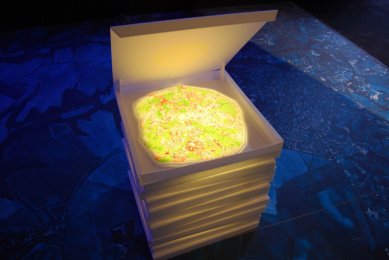
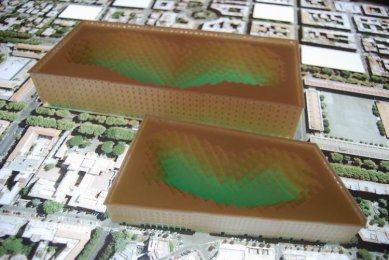
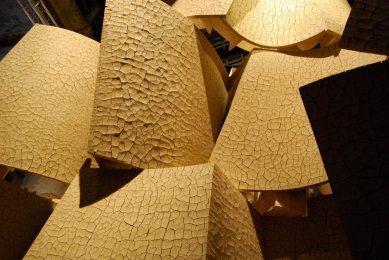
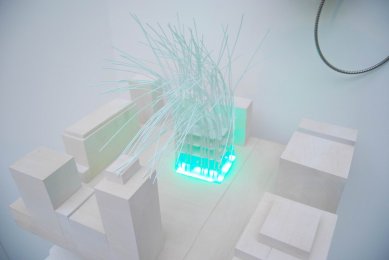
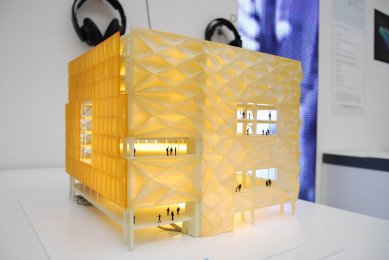
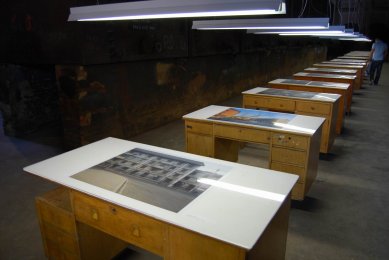
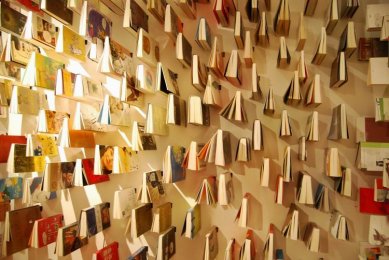
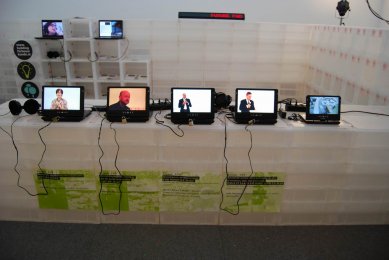
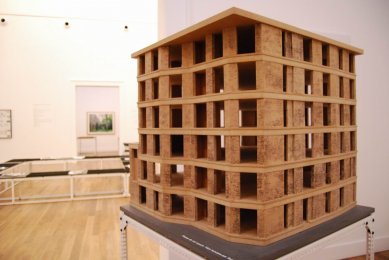
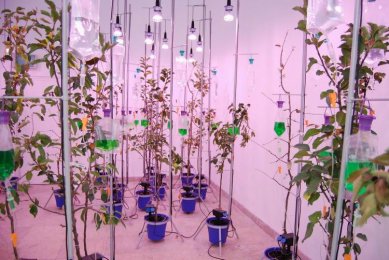
0 comments
add comment












